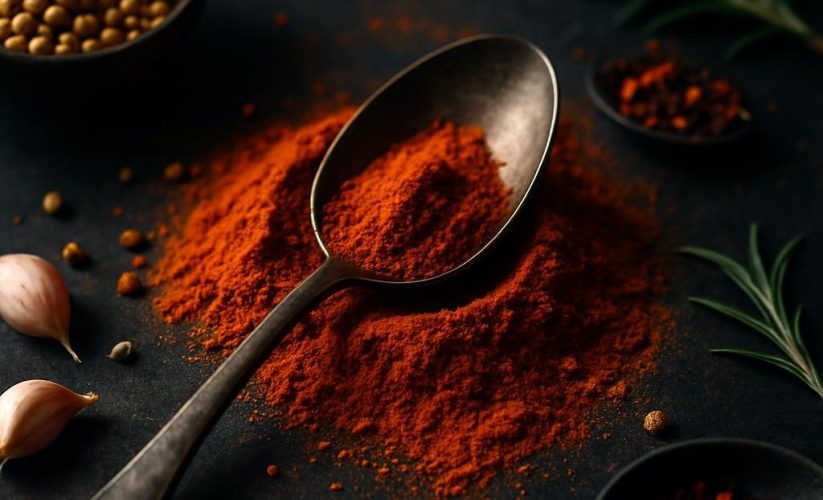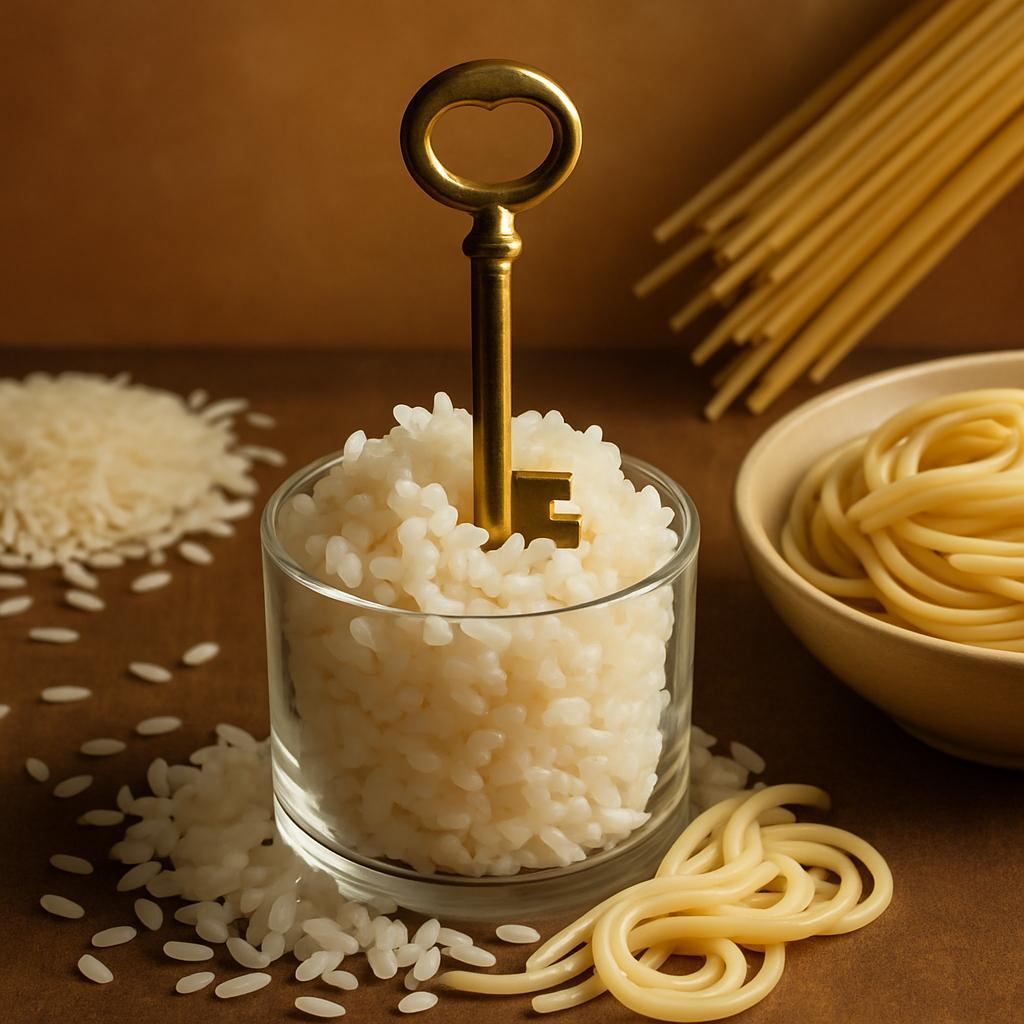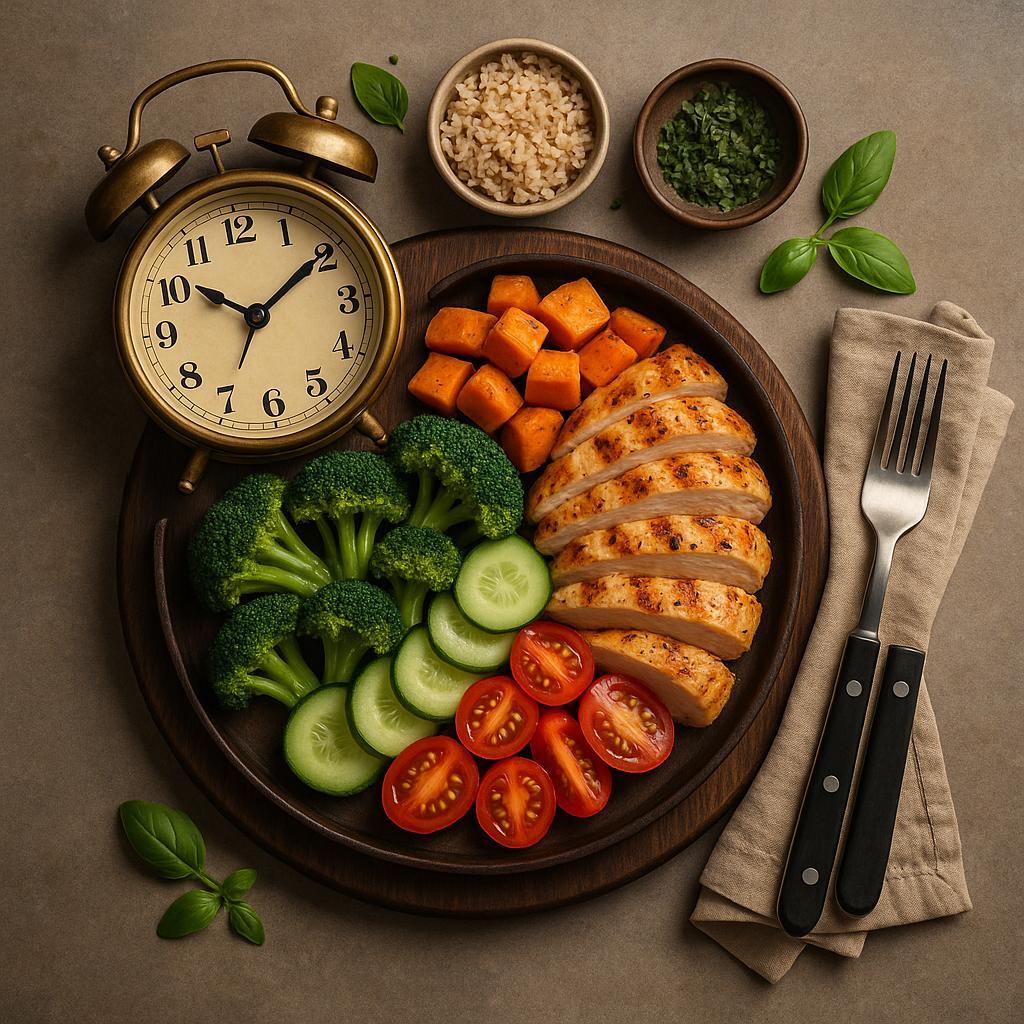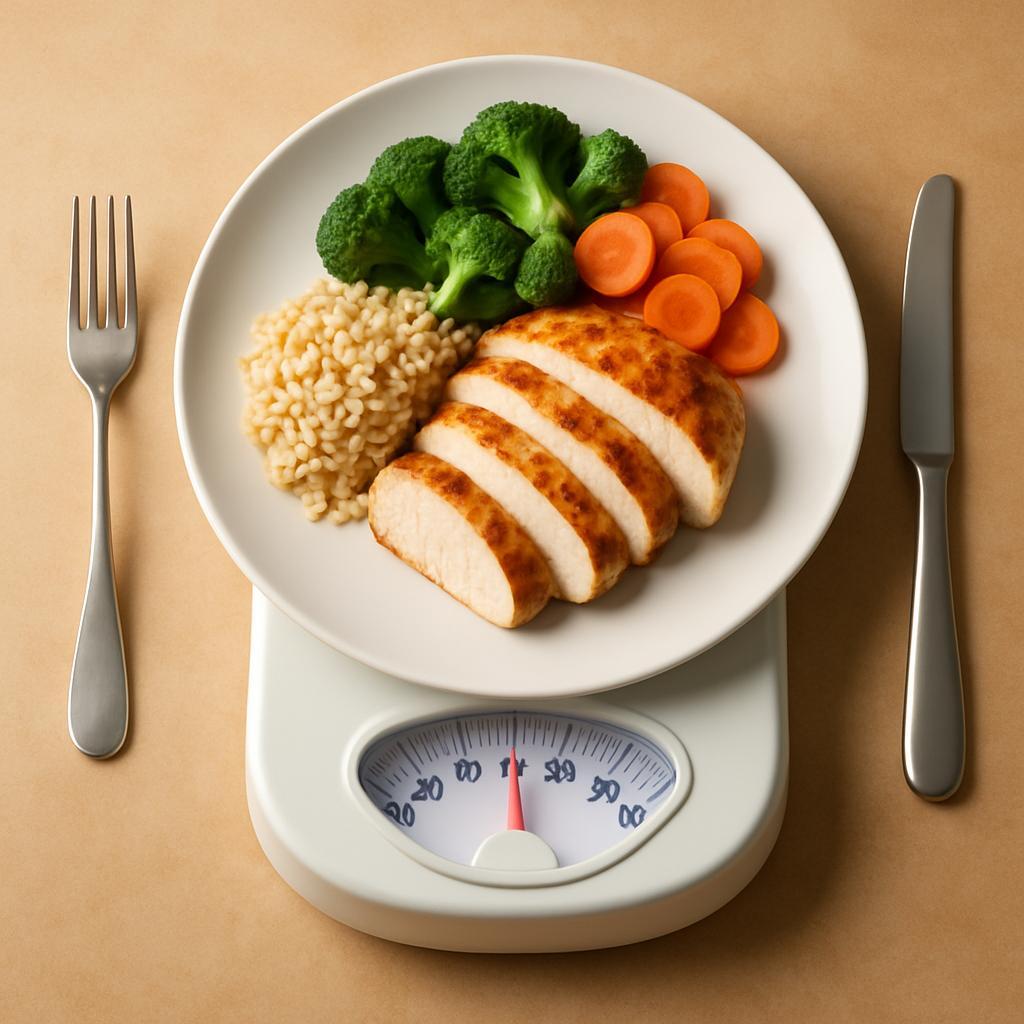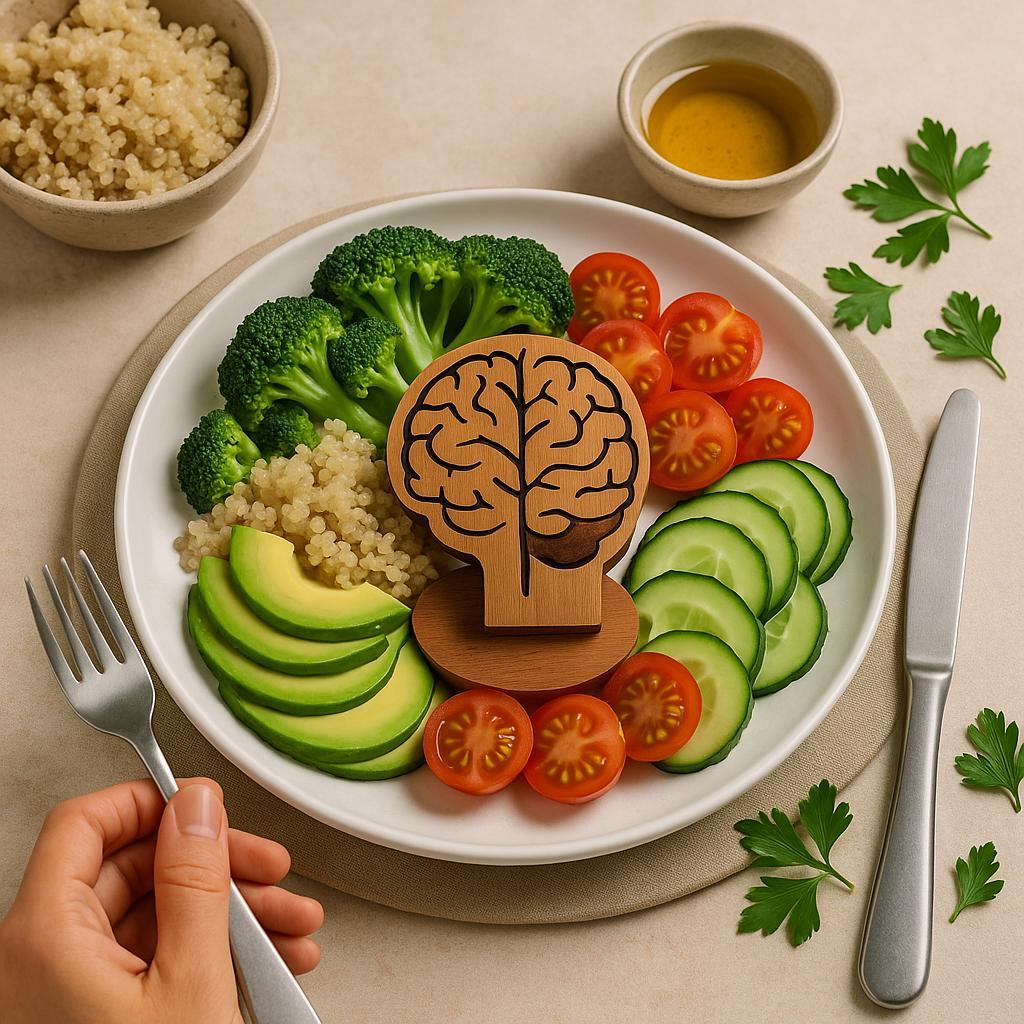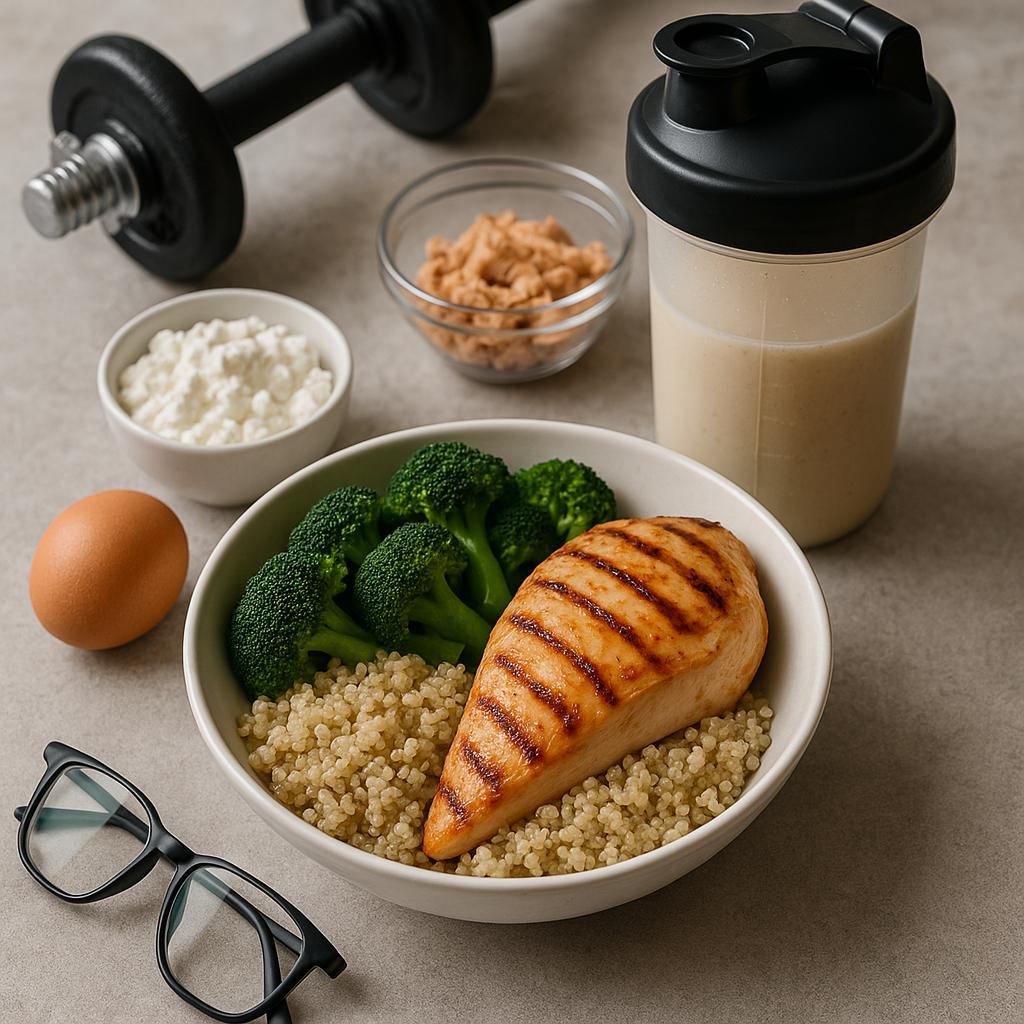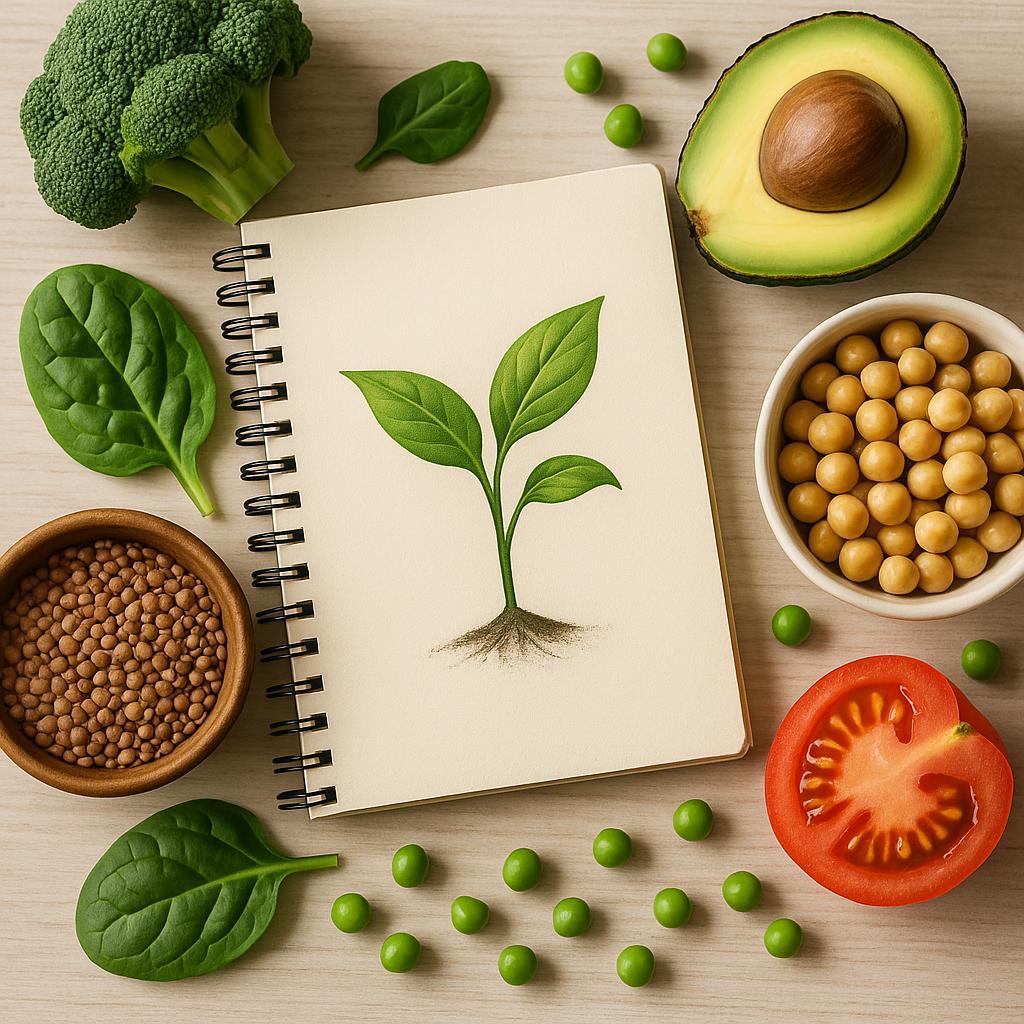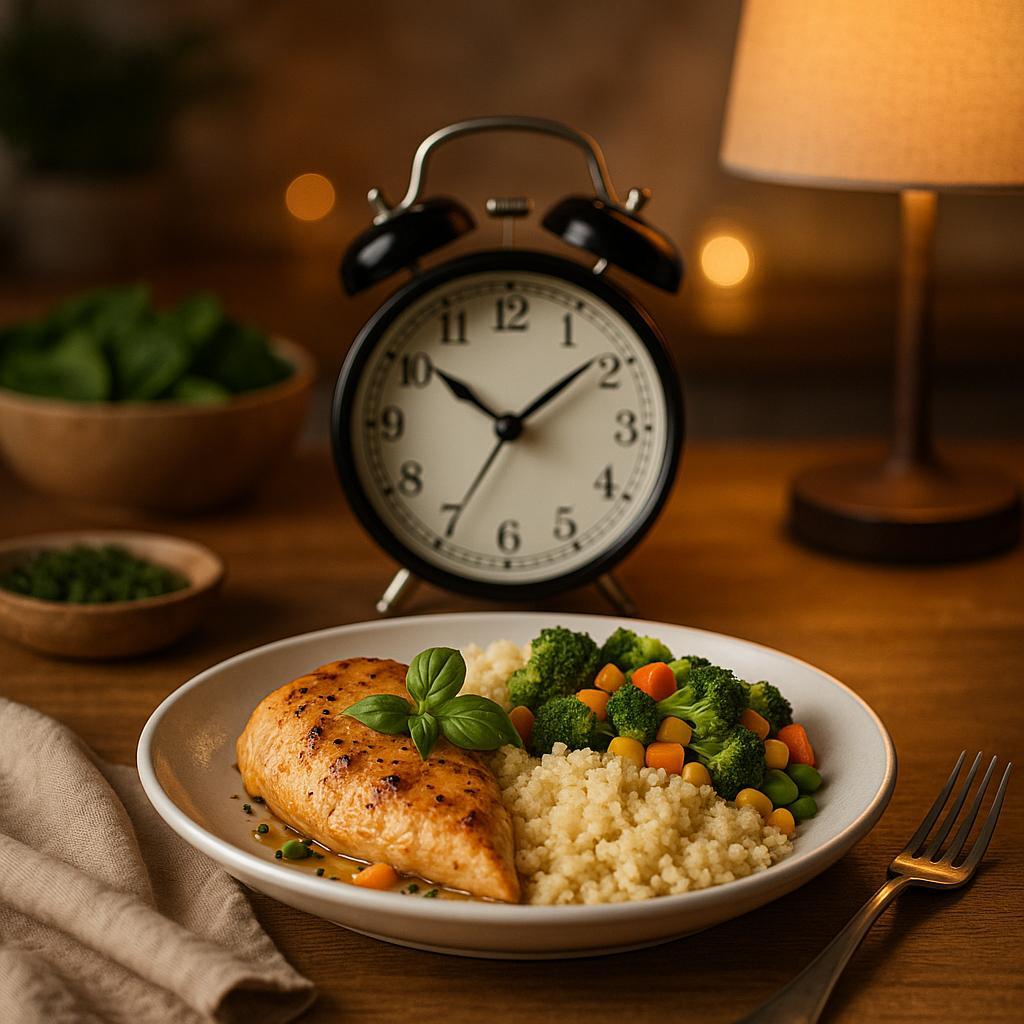7-Day Balanced Meal Plan: Essential Fuel for Vitality

Energy isn’t an accident-it’s a menu. When each meal is thoughtfully built, your days feel steadier: clearer focus, better mood, fewer slumps. This 7-day balanced meal plan is designed to be practical fuel for vitality, taking the guesswork out of what to eat while keeping variety, satisfaction, and nutrition in balance. Think real-world options that pair lean proteins, fiber-rich carbs, and healthy fats with produce you’ll actually find-and meals you’ll actually make. Whether you’re resetting your routine or simply streamlining your week, this plan offers structure without rigidity and flavor without fuss. Ahead, you’ll find a flexible blueprint for seven days, plus simple prep cues to make it flow. Let’s set the table for a week of steady energy-one balanced plate at a time.
Table of Contents
- Smart prep steps that turn busy days into easy meals
- Nutrient balance decoded for steady energy all week
- Flavorful swaps that keep portions satisfying and light
- Grocery guide that trims costs without losing variety
- Q&A
- In Conclusion
Smart prep steps that turn busy days into easy meals
Power hour, big payoff: Set the oven to 425°F and run a two-tray workflow-one with broccoli, peppers, and red onion (olive oil, garlic, smoked paprika), the other with sweet potatoes and rinsed chickpeas (cumin, coriander, salt). While they roast 22-25 minutes, simmer a grain blend (1 cup brown rice + 2 cups quinoa with a bay leaf; fluff with a little olive oil), and sear a protein: chicken thighs or pressed extra‑firm tofu (soy, lime, and ginger), 6-7 minutes per side. Whisk a sauce trio-lemon‑tahini, herb chimichurri, and peanut‑ginger-so every plate has instant flavor and healthy fats. Wash and spin a “greens box” (romaine + baby spinach) and slice citrus for quick brightness. Cool components on sheet pans, then portion into stackable containers labeled by type (P, V, C, S for protein/veg/carbs/sauce) and date; store with a simple fridge map (top: ready‑to‑eat; middle: proteins and grains; crispers: raw produce). Use the 2×2 rule: every cooked item must pair with at least two others, enabling fast combos like quinoa + chicken + broccoli + chimichurri, sweet potato + chickpeas + greens + tahini, or rice + tofu + peppers + peanut‑ginger. Most cooked grains and veg keep 3-4 days; sauces 5-7; freeze half the grains to stay fresh midweek.
Weekday momentum, zero stress: Anchor a 10‑minute nightly reset-pack tomorrow’s lunch bowl while dinner reheats, boil six eggs as you tidy, and refill a snack bin (cut vegetables, hummus cups, apple + nut butter, yogurt). Keep a freezer insurance shelf with flat‑frozen bags of soup or chili, turkey meatballs or lentil patties, and smoothie packs (spinach, berries, banana, flax); one bag plus a fresh component equals dinner in under 12 minutes. Protect texture by storing dressings and juicy add‑ins separately; line the greens box with a paper towel to extend crispness. For fast, nourishing plates, assemble by rhythm: Protein + Fiber + Color + Sauce-eggs or beans; the roasted veg or a raw crunch; something vivid (citrus, herbs, pickled onions); finish with one of the sauces. Reheat grains with a splash of water for steam, and crisp roasted veg under the broiler for 2 minutes. Pre‑mix spice rubs (smoky, herby, curry) to pivot flavors midweek without more prep, and rotate proteins (chicken → chickpeas → tofu) to balance nutrients and keep the 7‑day plan feeling fresh.
Nutrient balance decoded for steady energy all week
Steady energy comes from pairing slow-burning carbs with protein, smart fats, and plenty of fiber at every meal. Use this simple build: 1/2 plate non-starchy vegetables for volume, micronutrients, and 5-8 g fiber; 1/4 lean protein (25-35 g) to steady blood sugar and curb cravings; 1/4 smart carbs (35-50 g net) such as oats, quinoa, beans, or sweet potato for sustained glucose; plus 10-20 g healthy fats (olive oil, avocado, nuts) to extend satiety. Aim for 8-12 g fiber per meal and 2-3 L fluids daily; add electrolytes through produce (potassium-rich greens, squash) and a light pinch of salt after sweaty workouts. Layer in energy-critical micronutrients: B vitamins from whole grains and eggs; iron from legumes or lean meats paired with vitamin C (citrus, peppers) for absorption; magnesium from pumpkin seeds and dark chocolate to support muscle and nerve function; omega-3s from salmon or flax to temper inflammation. Examples: steel-cut oats with Greek yogurt, berries, and walnuts; lentil-quinoa bowl with roasted vegetables and olive oil; salmon with sweet potato, garlicky kale, and a lemon-tahini drizzle.
Plan your week like a rhythm, not a repeat. Front-load carbs around activity (pre-workout: fruit + yogurt; post-workout: grain + protein), and anchor evenings with protein, vegetables, and a modest starch to avoid late spikes. Rotate staples to cover nutrients and prevent palate fatigue: two oily-fish days (omega-3s), two legume-focused days (fiber and magnesium), one iron-emphasis day (beef or tofu + vitamin C veg), and daily fermented add-ons (kimchi, kefir) for gut balance. Keep snacks purposeful-150-250 kcal with 10-15 g protein and 5-8 g fiber-such as cottage cheese with pineapple, hummus with carrots, or an apple with peanut butter; avoid “naked carbs.” If afternoons dip, add 20-30 g complex carbs or an extra 10-15 g protein rather than caffeine. Cook to preserve nutrients (steam, roast, or sauté lightly), and brighten plates with acids (lemon, vinegar) to enhance mineral uptake. By pairing components intentionally and timing carbs with movement, you’ll convert meals into a reliable fuel stream-no spikes, no slumps-through every day of the week.
Flavorful swaps that keep portions satisfying and light
Keep portions generous by boosting low-calorie volume and layering satisfying textures. Aim for a 2:1 veggie-to-starch ratio: stir riced cauliflower into jasmine rice, fold spiralized zucchini into pasta, or bulk quinoa with shredded cabbage. Create “creamy” bases without extra butter by blending butternut squash or cauliflower into sauces; swap sour cream for 2% Greek yogurt with lemon and garlic; and enrich marinara with blended cottage cheese for body. Go lighter with protein by choosing 93-96% lean ground meats or a 50/50 blend of ground turkey and finely chopped mushrooms. For tacos and wraps, use crisp lettuce boats or high-fiber tortillas; for breakfast, try “zoats” (oats + grated zucchini) with chia to add volume and stay full. Cook with 1 teaspoon oil + splash of broth instead of a heavy pour, and thin dressings with water or citrus so a little olive oil goes further while still tasting rich.
Elevate flavor without heaviness using umami boosters-a teaspoon of miso, fish sauce, soy, Worcestershire, or nutritional yeast-plus citrus zest and fresh herbs to finish. Toast spices, roast vegetables until caramelized, and add quick-pickled onions for snap. Make dips and spreads lighter by blending white beans or silken tofu, swap mayo with yogurt + Dijon, and loosen pesto with spinach and broth. Satisfy crunch by pairing hummus with cucumbers or enjoying air-popped popcorn dusted with smoked paprika; trade chips for roasted chickpeas. For sweets, bake apples or pears with cinnamon and top with a spoon of skyr, or whirl cocoa into banana “nice” cream. Keep plates visually full and balanced-half vegetables, a quarter lean protein, a quarter smart carbs-and let bright acids, herbs, and a pinch of salt do the heavy lifting so meals feel abundant, flavorful, and light.
Grocery guide that trims costs without losing variety
Build your cart around versatile, low-cost anchors that you can remix all week: eggs; chicken thighs or firm tofu; canned beans and lentils; brown rice and oats; plain yogurt; seasonal produce (leafy greens, hardy veg like carrots and squash, apples or citrus); frozen vegetable medleys; canned tomatoes; onions and garlic. Add a compact flavor kit-soy sauce or tamari, vinegar, olive oil, cumin, smoked paprika, chili flakes, ginger, and fresh herbs-so the same base foods taste different each day. Choose unit price over sticker price (bulk grains, larger yogurt tubs), default to store brands, buy whole produce instead of pre-cut, and lean on frozen fruit/veg for peak nutrition at a lower cost. Plan to cook once, eat three ways: a pot of grains, a tray of roasted vegetables, and a batch of seasoned protein become the backbone for bowls, wraps, salads, and soups without grocery sprawl.
Keep variety high with simple flavor multipliers that pivot cuisines: whisk yogurt with lemon and dill for a bright drizzle; stir peanut butter, lime, and soy for a quick satay-style sauce; blend parsley, garlic, and olive oil into a budget chimichurri; or warm canned tomatoes with chili and cumin for a smoky base. The same staples then become a Mediterranean grain bowl one day, ginger-garlic stir-fry the next, lentil-tomato soup midweek, and crispy chickpea-veggie tacos on the weekend. Stretch value further by storing herbs in a damp towel, reviving wilted greens in ice water, keeping carrots in water for crunch, and freezing bones and vegetable trimmings for stock. Practice “one ingredient, three roles“: oats as hot cereal, toasted granola, or savory patties; yogurt as breakfast, marinade, and dressing; roasted chicken as a sheet-pan dinner, next-day stir-fry, and protein-packed salad-delivering balanced nutrition and color without bloating the bill.
Q&A
How many calories and macros does this 7-day plan aim for, and how do I adjust portions for my goals?
The plan generally lands around 1,800-2,200 calories per day with balanced meals targeting 20-30 g protein, plenty of colorful produce, smart carbs, and healthy fats. Use the plate method (half vegetables, a quarter lean protein, a quarter whole grains or starchy veg) and the hand guide to adjust: add or remove one cupped-hand of carbs and one thumb of fats per meal to scale calories. For fat loss, reduce daily intake by about 300-500 calories; for muscle gain or high activity, add 200-300 calories and aim for the higher end of protein. Keep fiber at 25-35 g daily to support satiety and energy.
I’m short on time-how can I batch-cook the week without eating the same thing every day?
Choose two grains (e.g., brown rice and quinoa), two proteins (e.g., chicken thighs and chickpeas), and two veggie trays for roasting, then cook them all in a 90-minute session. Make two quick sauces (a lemon-tahini and a salsa verde) to instantly shift flavors. Store components separately in airtight containers; fridge meals for 3-4 days and freeze portions for later in the week. Assemble different combinations daily-think rice bowls, wraps, salads, and warm skillets-to keep variety without extra cooking.
What are budget-friendly swaps that keep the plan balanced and nutrient-dense?
Lean on frozen vegetables and fruit-they’re affordable, reduce waste, and are harvested at peak ripeness. Swap quinoa for brown rice or barley; salmon for canned salmon or sardines; chicken breast for thighs; and fresh berries for apples or oranges. Use dried beans or lentils instead of pricey cuts of meat, and rotate in eggs or tofu for economical protein. Buy spices in bulk and make simple marinades to elevate low-cost staples.
How can I adapt the plan if I’m vegetarian, gluten-free, or lactose intolerant?
Vegetarian: replace meats with tofu, tempeh, edamame, lentils, and eggs; combine legumes and grains for complete protein. Gluten-free: choose rice, quinoa, buckwheat, or corn tortillas; check labels on sauces and broths for hidden gluten. Lactose-free: swap in lactose-free milk, yogurt, or fortified plant milks; use hard cheeses sparingly or dairy-free alternatives. The structure stays the same-protein anchor, high-fiber carbs, plenty of vegetables, and a small portion of healthy fats.
How should I fuel around workouts while following this meal plan?
Have a carb-forward snack 60-90 minutes before training (a banana with peanut butter or yogurt with oats) and hydrate with water. After workouts, aim for 20-40 g protein plus a fist-sized serving of carbs within 1-2 hours to support recovery-think grilled chicken over rice with veggies or a protein smoothie with fruit. Hydration matters: target about 2-3 liters of fluids daily; if you sweat heavily or train in heat, include electrolytes and a pinch of salt in meals or drinks.
What’s a smart fallback when plans change-travel, late nights, or eating out?
Use the “balanced plate” cue: fill half the plate with vegetables, a palm or two of protein, and a cupped-hand of whole-food carbs, then add a thumb of healthy fat. Convenience picks that still align with the plan include rotisserie chicken, pre-washed greens, microwaveable grains, canned beans, Greek yogurt, nuts, and fresh fruit. At restaurants, scan for grilled, baked, or steamed options; swap fries for a salad or vegetables and ask for sauces on the side to control calories without sacrificing flavor.
In Conclusion
You now have a weeklong framework that steadies energy, simplifies choices, and makes nourishment practical. Built around protein, fiber, healthy fats, and color, it’s easy to swap, scale, and repeat. Treat it like a rhythm, not a rulebook-consistency will do more than perfection ever could. Start by planning tomorrow’s breakfast or batch-cooking a grain and a protein. Small steps, taken steadily, are the surest fuel for feeling your best.

